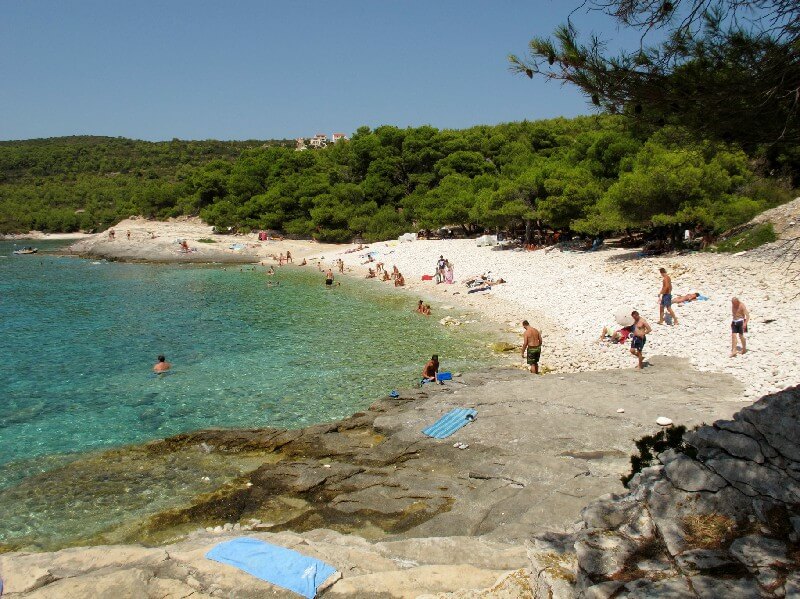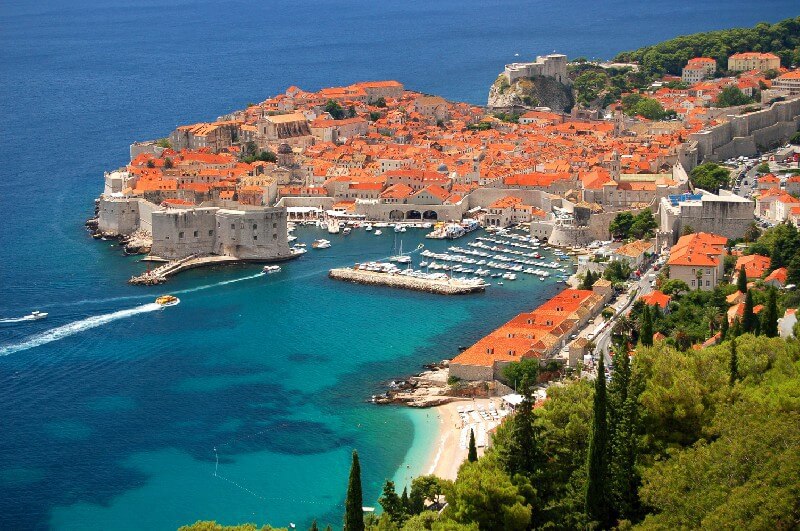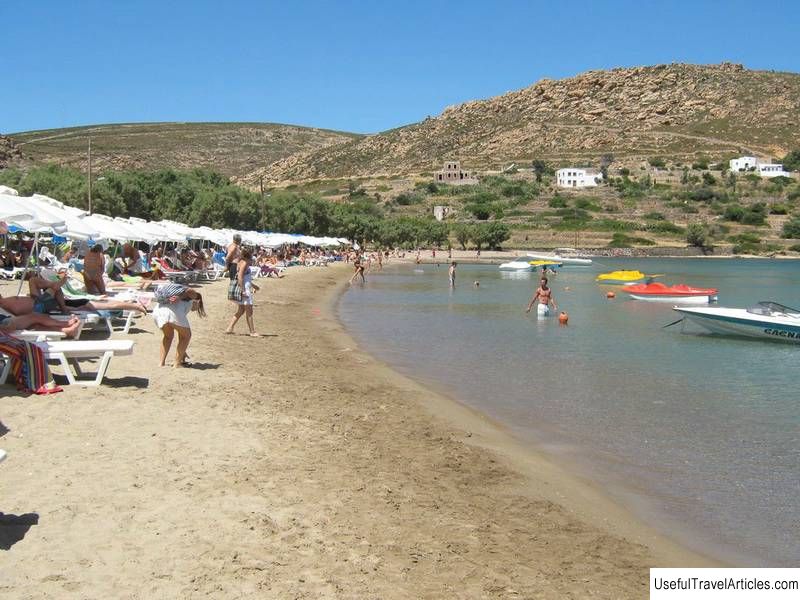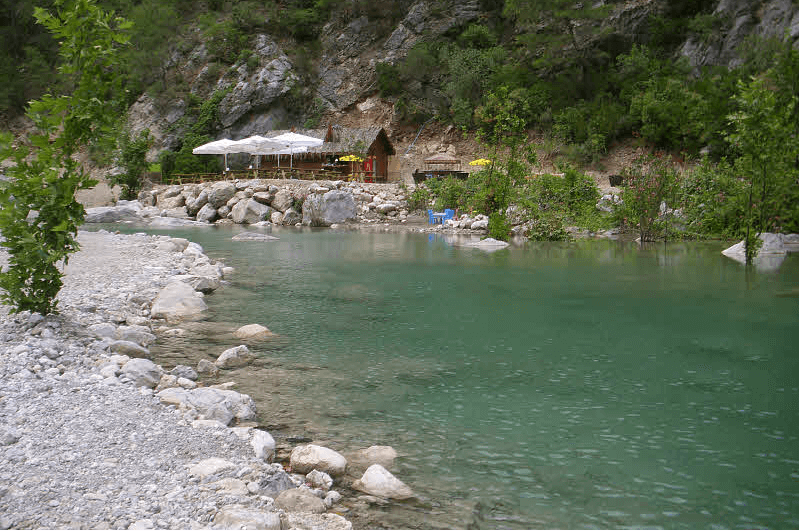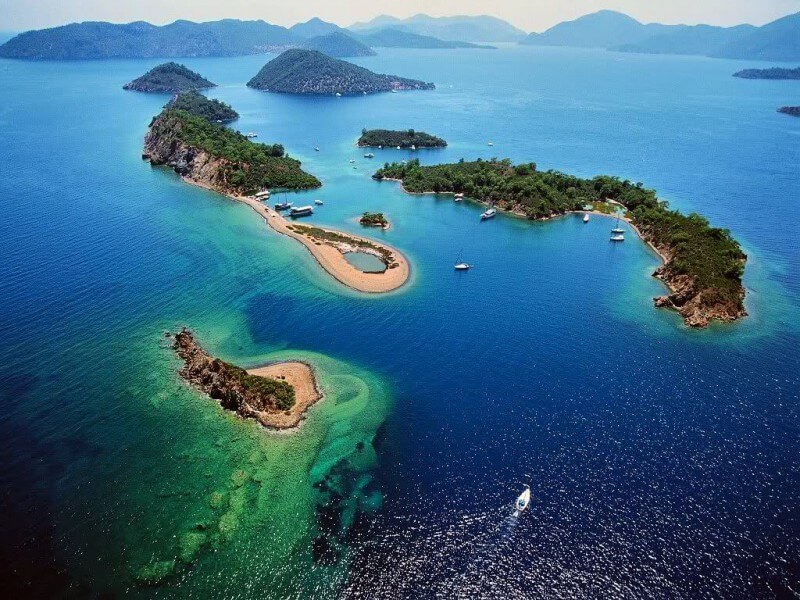Dubrovnik. Recreation and entertainment
Rating: 9,3/10 (7200 votes) 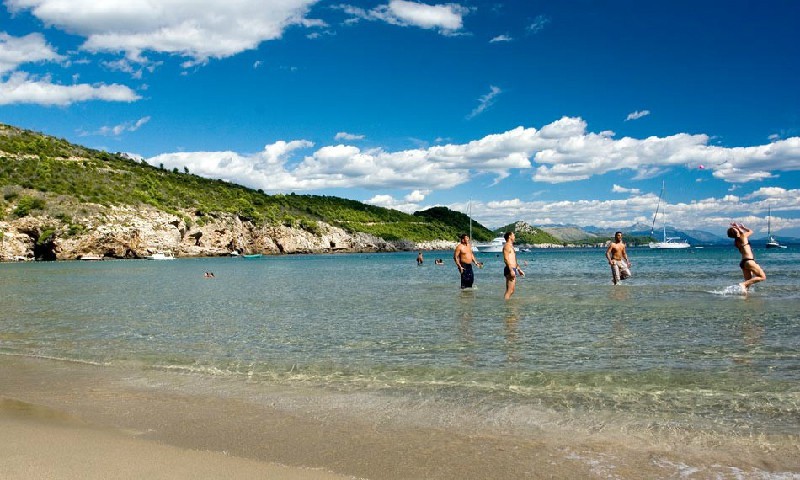 TourismMost of the banks in Dubrovnik are rocky, for the convenience of tourists they are concreted and equipped with slopes. On the Peljesac peninsula and the islets of Korcula and Mljet, there are many beaches and small pebbles. There are pebbly beaches and green lagoons along the road that connects Split and Dubrovnik (Yardan highway). The best sandy beach in Dubrovnik is located on the island of Lopud, which is part of the Elaphite Islands. This beach has a well-developed infrastructure: it has amenities such as showers, beach umbrellas, sun loungers, changing cabins, as well as many opportunities for outdoor activities. Many tourists are attracted by the local cuisine. The cuisine of this region is primarily seafood, as well as various meat dishes from lamb and mutton. The specialty of this cuisine is eels from the Neretva river and oysters, which are caught in the bay near the town of Ston. South Dalmatia is also famous for wines from the Peljesac peninsula. There is a street in the city that consists entirely of some bars - Burbon street. Here you can easily find a place for every taste - from a Cuban-style bar to a bar for rock music lovers. Every year Dubrovnik hosts theater, dance and music festivals. Sailing regattas are also held regularly.  AttractionsDominican monastery. This monastery was built in the thirteenth century. It was rebuilt many times, and now it is made in the Baroque style. The main attraction of the monastery is the central crucifix and the fresco on the wall above the main altar. It is made by the famous painter Paolo Veneziano. The monastery museum contains works by artists from the Venetian and Dubrovninsk schools of painting, including paintings by the artist Lovro Dobrichevich, as well as jewelry and religious objects. Where the chapel of St. Sebastian used to be, there is a gallery where the works of contemporary artists are exhibited. Chapel of the Holy Savior. In the middle of the 16th century, the senate of the city decided to give God a gift for salvation from the terrible earthquake to build a church on this site. By the way, it was this chapel that survived the next earthquake. The facade of the church is decorated with a rose window, made in the Gothic style. On the square not far from the chapel is the Great Onofrio Fountain, which once supplied the entire city with fresh water. The fountain was designed by the famous architect Onofrio della Cava. Cathedral. The Cathedral of Saint Vlaho is made in a baroque style and is located on the same site where an older building was located, which was destroyed during the earthquake of 1667. The cathedral is decorated with a painting by the artist Titian"Ascension". The church contains the relics of St. Blaho and other church relics.  Fortress walls. The walls of Dubrovnik are among the best preserved fortifications in all of Europe. The walls acquired their modern look in the sixteenth century. Then the tower of Mincheta, the Bokar fortress, the Pile gate and several other fortresses and fortifications were built. The port protects the Fortress of St. John, which houses the Maritime Museum. A beautiful view of the city opens from the fortress walls. Ploschad Puddle. Ploschad Puddle is a place where several city attractions are concentrated: Orlando's Column, installed in the center of the square, Sponza Palace, built in the early Renaissance and Gothic style (currently the state archive is located here), as well as the old Neo-Gothic town hall, which now houses the city administration, a theater and a cafe. The Prince's Palace. The princely palace, which was built in the 15th century, very often suffered from fires, explosions and earthquakes, however, the building has survived to this day. Now it houses the city museum, the exposition of which is dedicated to the history of Dubrovnik. Here you can see paintings, pharmaceutical vessels, city keys, collections of old coins, flags, seals, aristocratic stretchers, furniture and household items. The village of Chilipi. To the south of Dubrovnik there is a small the village of Chilipi. Despite the fact that it was badly damaged during the war, it did not lose its reputation as the main national wealth of South Dalmatia. Tourists visit this village to look at national costumes, songs and dances, which are held daily in the center of the village just after 11 am. Here you can see paintings, pharmaceutical vessels, city keys, collections of old coins, flags, seals, aristocratic stretchers, furniture and household items. We also recommend reading Central Dalmatia. Recreation and entertainment Topic: Dubrovnik. Recreation and entertainment. |
